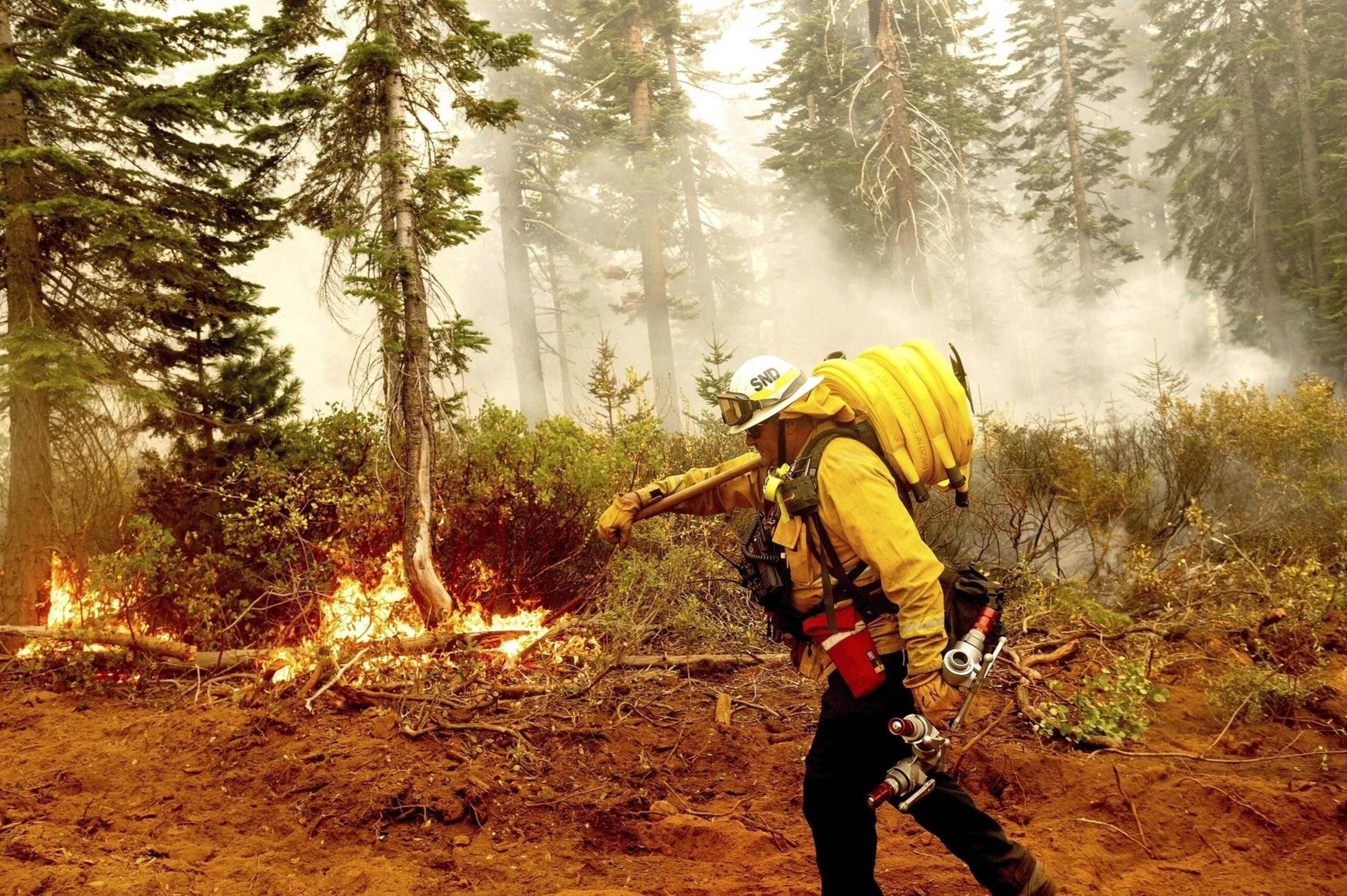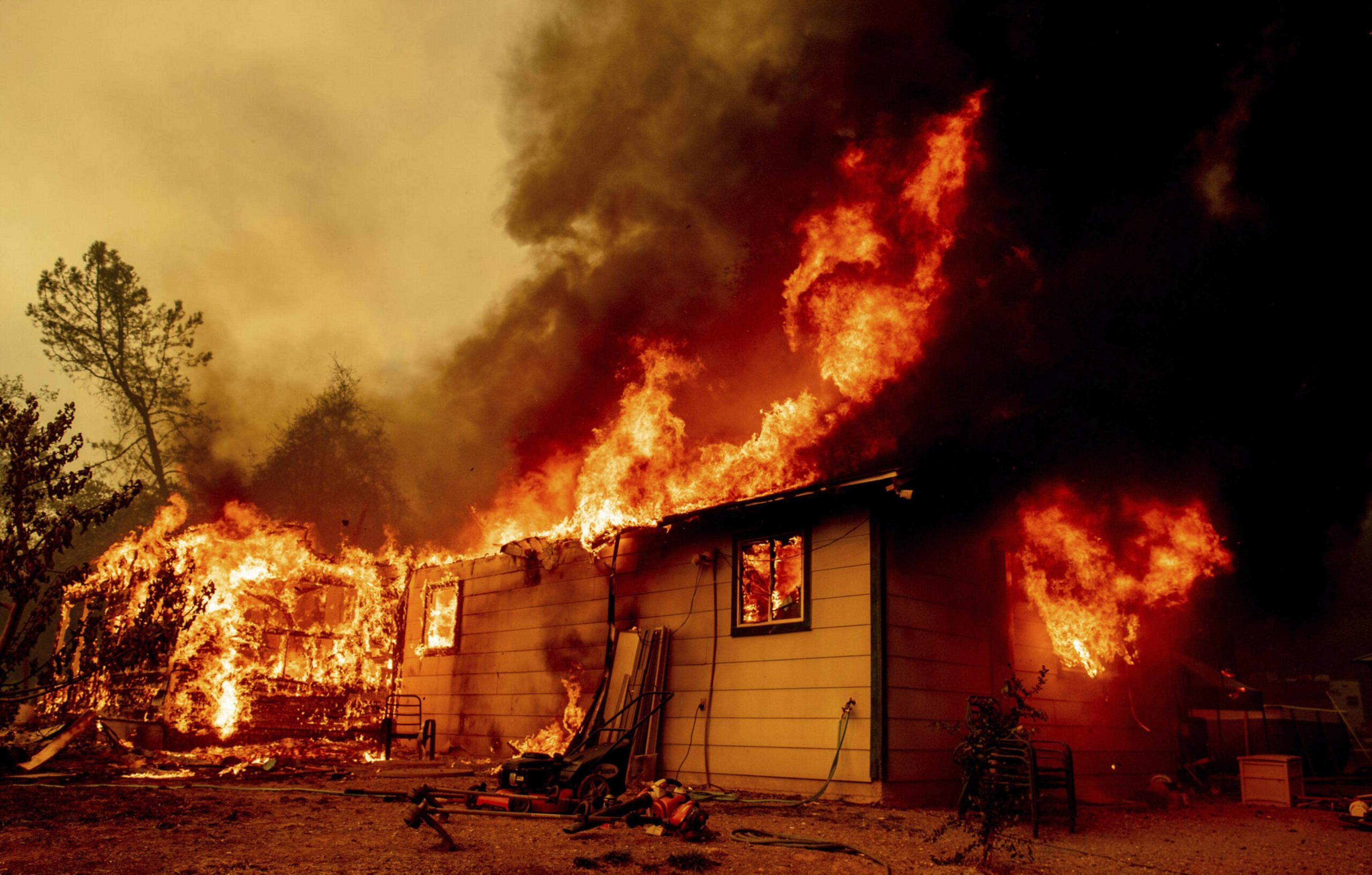As a string of major insurers have pulled out of California or restricted business in the state, more and more homeowners have been forced to seek coverage from the California FAIR Plan, a fire insurer for high-risk properties.
Last month, Insurance Commissioner Ricardo Lara said that 3% of Californians now use the FAIR Plan, short for Fair Access to Insurance Requirements.
But in a recent webinar for homeowners in Butte County, a FAIR Plan representative shed light on the true scope of demand for the “insurer of last resort,” which cannot turn a property down as long as it meets minimal underwriting requirements.
RELATED: Insurance Company Retreat Hits Bay Area Homebuyers
“In the last 60 days, I think the application volume is around 1,000 applications a day right now, which is just astronomical,” said Phil Irwin, the plan’s public relations representative and president of Gold Insurance Solutions in El Dorado Hills.
That statement, which Irwin made nonchalantly in the Oct. 4 webinar, visibly shocked Amy Bach, executive director of San Francisco-based nonprofit United Policyholders, who moderated the discussion.
“Sorry, you’re getting a thousand a day?!” she asked.
Bach heard him right. The exchange emphasizes the stress that the FAIR Plan has come under in the last several years, as insurance companies have grown more wary of wildfire risk and even pulled out of the state.
But FAIR may now receive a bit of relief at the expense of policyholders: Recently, the California Department of Insurance approved a long-awaited rate increase for the plan.
This month, the FAIR Plan began mailing out renewals with higher premiums starting on Dec. 1.
Although the average rate increase for policyholders will be around 15%, it will vary heavily based on the wildfire exposure of their properties.
What’s FAIR?
Intended to ensure that all Californians can find fire insurance, FAIR is backed by the state’s admitted insurance carriers. Each company supports the plan in accordance with its market share.
But FAIR has a few issues: It is usually more expensive than insurance purchased on the private market. It also only covers a few perils: fire, lightning, “internal explosion” and smoke damage, according to the plan’s website. Homeowners typically need to purchase a wraparound plan for other coverage.
FAIR was created to serve as a temporary solution for homeowners who found themselves unable to buy insurance. Now, with little competition in the commercial insurance market, it is becoming the only game in town for some.
“It’s rough,” Irwin told The Standard. “I’m a broker, too. We’re seeing policies in Downtown Sacramento that would have no reason to be on the FAIR Plan in a healthy market.”
Irwin believes the problems began after the 2018 Camp Fire (opens in new tab), which killed at least 85 people and caused over $16 billion worth of damage in Butte County. In the ensuing five years, much of the FAIR Plan’s focus has been on wildfire areas.

Then, in May, State Farm announced it would stop writing new homeowners policies in California. Since then, several other large insurers—Allstate, Farmers, USAA and more—have also restricted business in California.
Irwin said it has caused a domino effect.
Insurance availability is now very limited, and it comes with tight underwriting guidelines. Available policies are not very forgiving of prior losses or other blemishes on the insurance consumer’s record.
“Now, we’re seeing the dynamic shift to where we’re being needed heavily in markets outside of the fire areas,” he said. “It’s a little harder for consumers to get their head around.”
The proof is in the numbers. In 2018, there were just over 126,700 FAIR Plan policies. As of August, there were over 320,200.
By law, the FAIR Plan is required to have actuarially sound rates and is authorized to purchase reinsurance, Irwin explained in the webinar. Today, however, FAIR does not have adequate rates and is not allowed to include the net cost of reinsurance.
As insurers leave the state or draw down their market share, it is gradually shrinking the number of companies backing the plan. Meanwhile, the pool of policyholders has expanded.
Two years ago, FAIR calculated that it would need an 80% rate increase to cover that new exposure.
But that’s a big ask. When the plan filed for an increase in 2021, it requested only 48.8%. When the rate was finally approved this year, FAIR was given only roughly a 15% increase.
Meanwhile, inflation has continued apace, and FAIR has added roughly 80,000 policies.
“The weight that’s being put on it—it was never intended for this,” Irwin said. “It’s evolving to continue to fill the need.”
But the goal, he added, is to see the competitive market restored and the FAIR Plan to become unnecessary.
Tough on Homeowners
Though the rate increase is necessary for the plan’s solvency, it won’t make it any easier on the policyholders.
Ryan Dunsdon, an agent at East Main Street Insurance Services, is afraid a jump in FAIR Plan premiums will be another blow to affordability.
He would know: His agency is based in Grass Valley, which faces high wildfire risk.
If a homeowner has a mortgage and can’t afford the FAIR Plan, they may need to accept a so-called force-placed plan from their mortgage company, he said. These plans sometimes cost less than FAIR, but often don’t cover the full replacement of a home after a disaster.
“I feel like there are a lot of people who are either choosing that option or having to move out of state or sell their home,” Dunsdon said. “It’s a larger crisis in our area than in most others.”

Not everyone will be hit equally. The California Department of Insurance recently allowed the FAIR Plan to use risk-modeling technology from the company Zesty.AI in setting rates. It will make the data used to determine wildfire and other risks significantly more granular.
It will also allow FAIR to insure more people, according to Karl Susman, president of the Susman Insurance Agency in Los Angeles and a commentator on insurance issues.
“The fact that they’re able to look at hundreds of different factors of each house, versus this one ZIP code or this territory, is massive,” he said. “Now every house will be able to get a different price based on its individual characteristics.”
In August, the plan also began offering policyholders discounts of up to 14.5% for taking steps to harden their homes against fire.
Both of these changes mean that the plan is heading in the right direction, he said.
Still, in most cases, premiums are going up. Susman notes that the FAIR Plan is capping rate increases at 100%—a doubling of premiums.
“That tells me that their estimates are showing that we may be in for a ride,” he said.
“It’s going to be brutal,” said Bach, who moderated the webinar, “because people are already paying a lot.”
